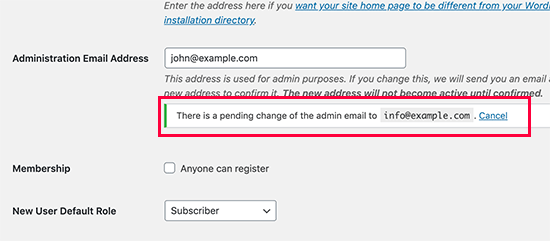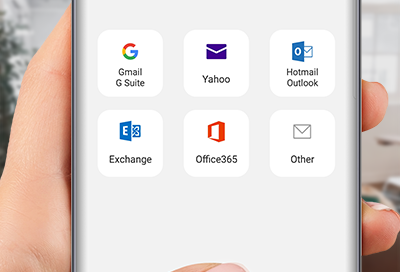

- #NOTE 9 HOW TO CHANGE DEFAULT EMAIL APP INSTALL#
- #NOTE 9 HOW TO CHANGE DEFAULT EMAIL APP WINDOWS 10#
- #NOTE 9 HOW TO CHANGE DEFAULT EMAIL APP WINDOWS 7#

#NOTE 9 HOW TO CHANGE DEFAULT EMAIL APP WINDOWS 7#
Windows 7 looks at things a little differently than Windows 10.
#NOTE 9 HOW TO CHANGE DEFAULT EMAIL APP INSTALL#
You can click on “Look for an app in the Microsoft Store” to download and install it once again if that’s happened to you as well. That’s because at one point I uninstalled it. You might notice that Windows Mail, the default Mail program in Windows 10, does not appear on the list.
#NOTE 9 HOW TO CHANGE DEFAULT EMAIL APP WINDOWS 10#
Other email-related programs installed on your PC (like Google Chrome, Opera, or in my case, “Open in Mac”, a side effect of running Windows 10 in a virtual machine on my Mac.).The email programs you install on your PC (like Thunderbird, Outlook, and even Windows Live Mail, all of which I installed at one time or another and so are present in the example above).The list is generated from several sources, including: If you don’t see the application you want, then you don’t have this option. If you see the application you want to use to send mail - perhaps you use Thunderbird to manage your email, but for some reason it’s not the default - just click on the one you want. Click on the currently-listed application (Chrome, in my example above, which I’ll explain in a moment), and you’ll be presented with a drop-down list of possible choices. (If that doesn’t appear search for “choose default apps”). To change it in Windows 10, run the settings app, search for “mail”, and click on “Choose a default mail app” when the option appears.

This is the email program installed on your PC that is used when your PC encounters a request to deal with email.Ĭommon programs include the default Mail program that comes with Windows, Microsoft Office’s Outlook, Thunderbird, and any of perhaps hundreds of other mail programs you can install. In your case, your system’s default email client is obviously Outlook. Windows has a notion of what your “default” email client is. An installed email program can be set as the default to access your web-based email service.Web-based email can typically not easily be set as the default for sending, with the exception of Gmail if you use Chrome.(The process is slightly different for Windows 7.) You can easily tell Windows 10 what installed email program to use as the default for sending mail.Windows has a notion of a “default” email program used to send mail, most commonly in response to a webpage’s “mailto:” link.Apple built a completely new platform for Notes to enable these features, so users won’t be able to sync their notes to Macs running versions of macOS prior to 10.11 El Capitan, or to iDevices running a version prior to iOS 9. The increased flexibility in changing the font style and size of your Notes comes with a small price in terms of compatibility. The change will apply to your existing notes in addition to any new notes you create. Move the slider to the left to make the default text size smaller, or move it to the right to make the default text size bigger. The Notes Preferences window will appear and you’ll see a slider option labeled Default text size. To do so, launch the Notes app and head to Notes > Preferences in the menu bar (or use the keyboard shortcut Command. If you want all of your notes to start with a larger font size, you can set that option as well in the Notes Preferences. The steps above allow you to change the font of selected parts of your notes, but new notes will revert back to the original default size. Change the Default Font Size in Notes for macOS In addition to using the Fonts window, you can use standard formatting keyboard shortcuts to modify your Notes text, such as Command-B for bold, Command-I for italics, or Command-= to increase size. This will open the default macOS font window, where you can choose to format your selected text with any installed font at any size. With your text selected, go to Format > Font > Show Fonts from the menu bar, or use the keyboard shortcut Command-T. Next, use your mouse or trackpad cursor to select some subset of your note, such as a word or sentence. To try it out, open an existing note or create a new note and type some text. Unlike older versions of the Notes app, which used a single font for all notes, the more advanced version of Notes found in macOS Sierra lets you change the font of individual words or lines within a note, just like you can with a word processor like Pages. Change Font and Size for Selected Text in Notes for macOS


 0 kommentar(er)
0 kommentar(er)
